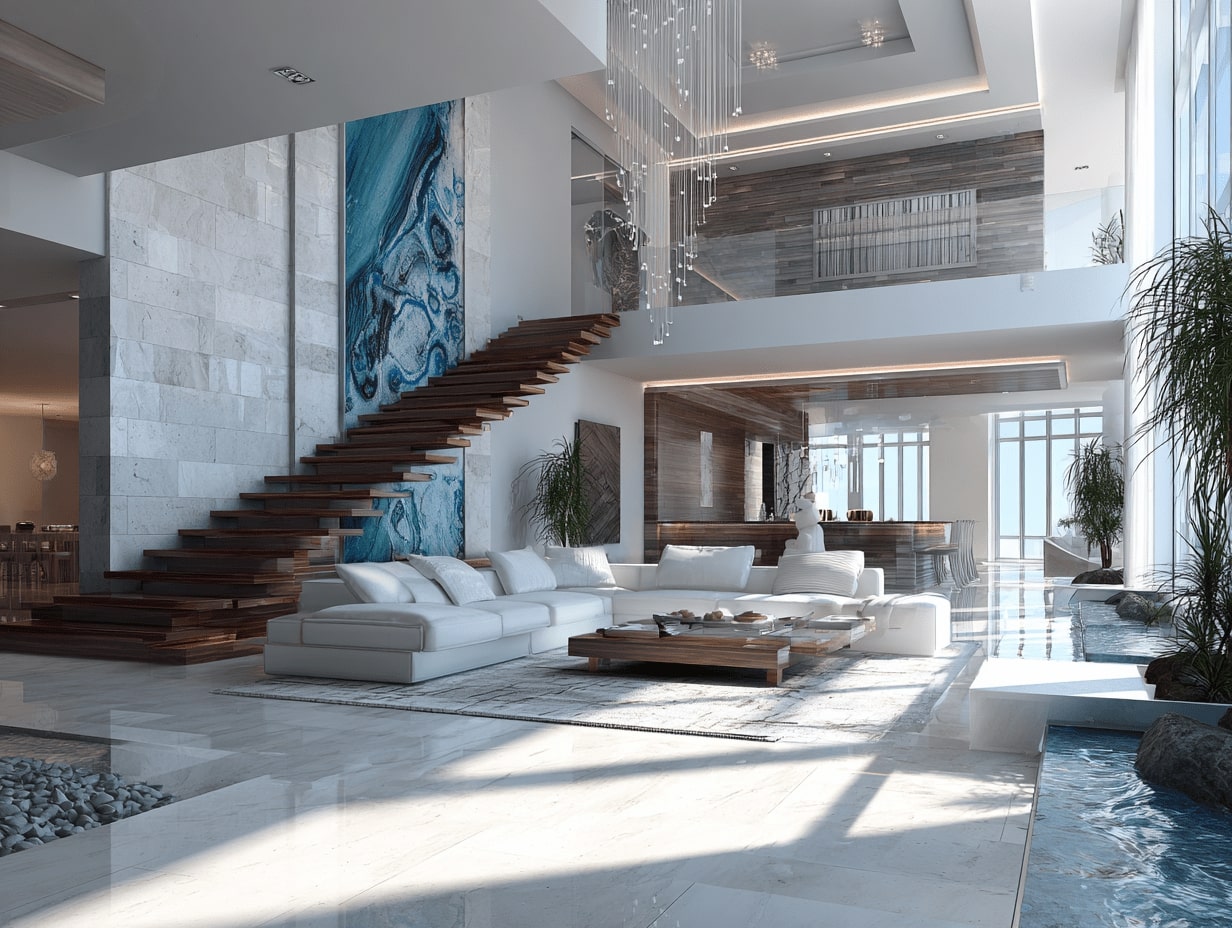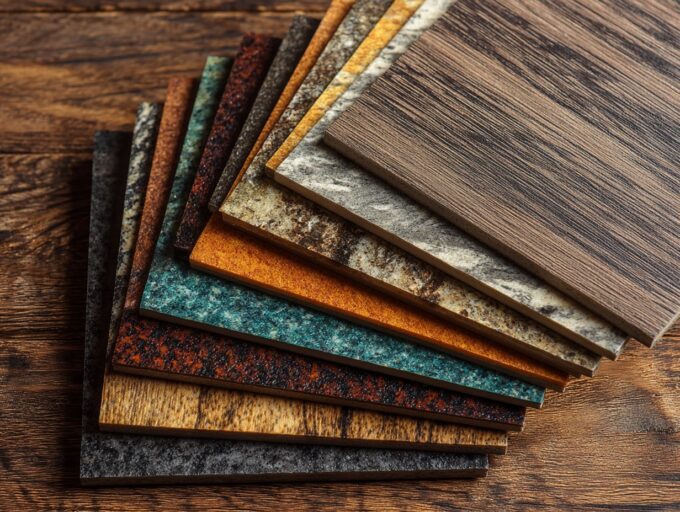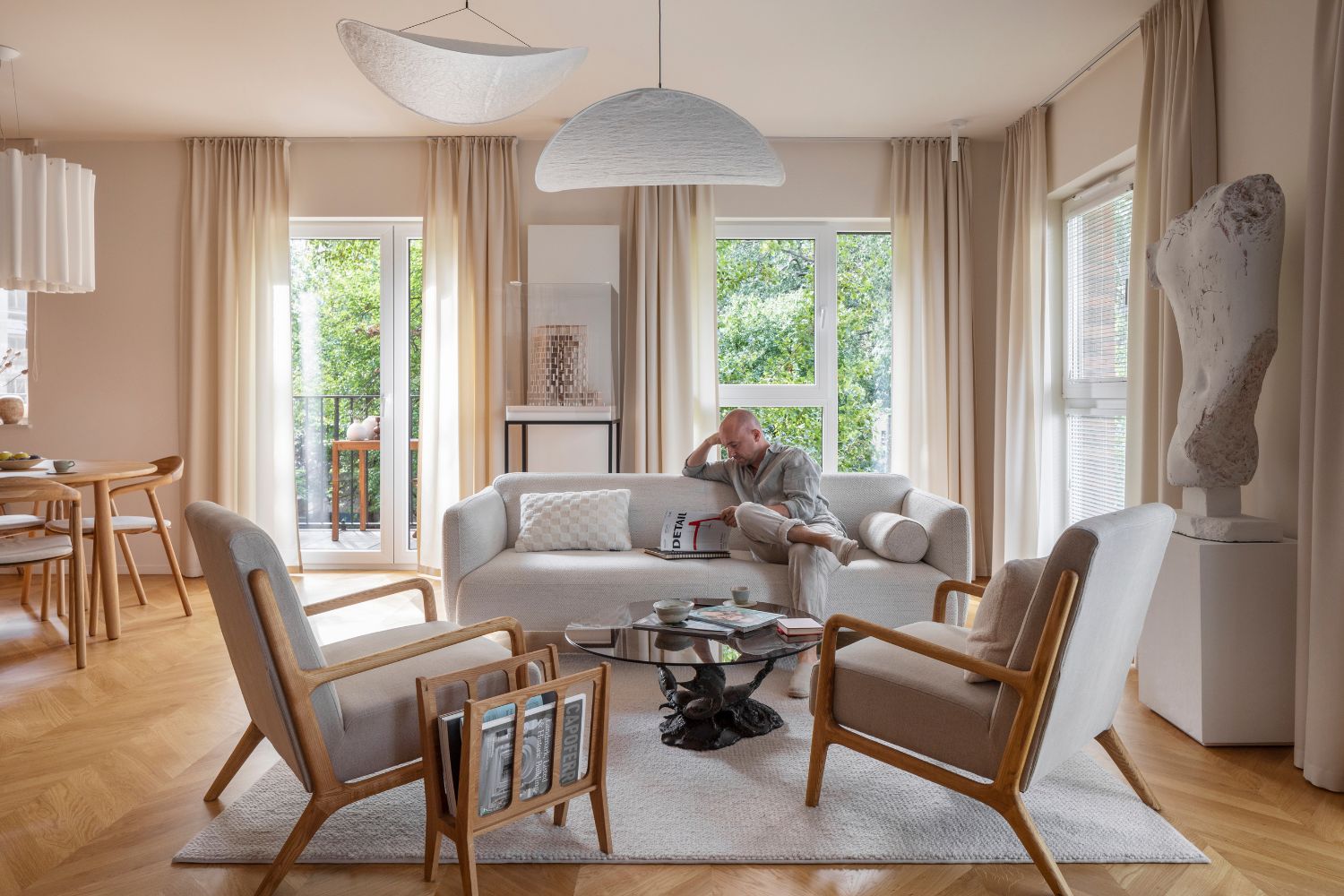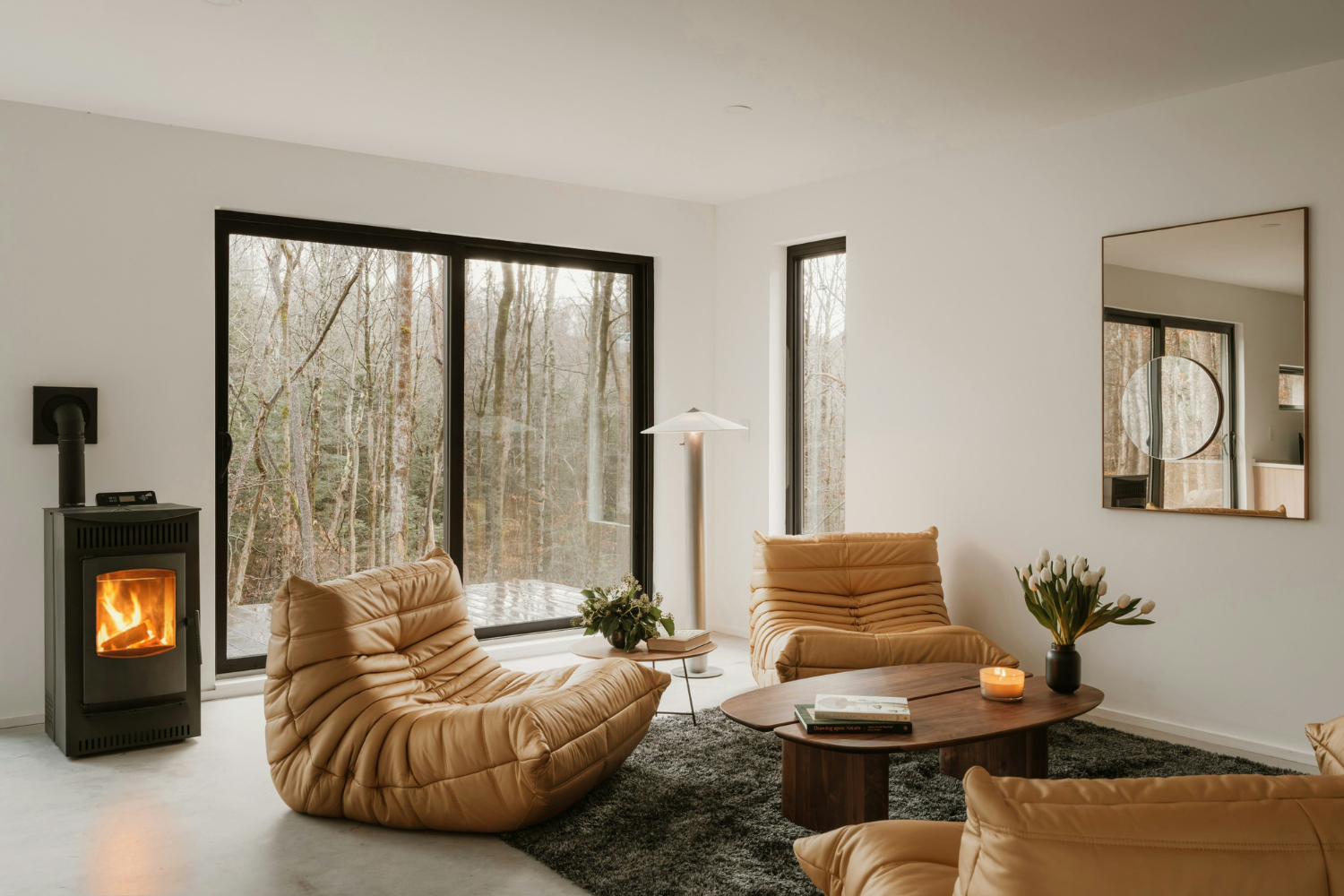- Home
- Articles
- Architectural Portfolio
- Architectral Presentation
- Inspirational Stories
- Architecture News
- Visualization
- BIM Industry
- Facade Design
- Parametric Design
- Career
- Landscape Architecture
- Construction
- Artificial Intelligence
- Sketching
- Design Softwares
- Diagrams
- Writing
- Architectural Tips
- Sustainability
- Courses
- Concept
- Technology
- History & Heritage
- Future of Architecture
- Guides & How-To
- Art & Culture
- Projects
- Interior Design
- Competitions
- Jobs
- Store
- Tools
- More
- Home
- Articles
- Architectural Portfolio
- Architectral Presentation
- Inspirational Stories
- Architecture News
- Visualization
- BIM Industry
- Facade Design
- Parametric Design
- Career
- Landscape Architecture
- Construction
- Artificial Intelligence
- Sketching
- Design Softwares
- Diagrams
- Writing
- Architectural Tips
- Sustainability
- Courses
- Concept
- Technology
- History & Heritage
- Future of Architecture
- Guides & How-To
- Art & Culture
- Projects
- Interior Design
- Competitions
- Jobs
- Store
- Tools
- More
Future Trends in Interior Well-Being and Aesthetics: Designing for Health and Beauty
Explore the future of interior design with a focus on well-being and aesthetics. This article uncovers the latest trends, including biophilic design, eco-friendly materials, and innovative technology that enhance mental health and comfort. Discover how personalized spaces, mindful color choices, and sustainable practices can transform your home into a nurturing sanctuary.

As we step into a new era of design, the intersection of well-being and aesthetics in our interiors is becoming more vital than ever. We’re witnessing a shift where spaces are not just visually appealing but also promote mental and emotional health. With the rise of remote work and a deeper understanding of how our environments affect us, it’s clear that the future of interior design will focus on creating harmonious spaces that nurture our well-being.
Innovative materials, biophilic design, and sustainable practices are just a few trends shaping this exciting landscape. As we explore these emerging concepts, we’ll uncover how they enhance our lives and redefine the way we experience our surroundings. Join us as we delve into the future of interior well-being and aesthetics, where beauty and health go hand in hand.

Table of Contents
ToggleFuture Trends in Interior Well Being and Aesthetics
We see several key trends shaping the future of interior well-being and aesthetics. These trends focus on enhancing physical spaces while promoting mental health and emotional balance.

1. Biophilic Design
Biophilic design emphasizes incorporating natural elements into interiors, such as plants, natural light, and organic materials. Access to nature in indoor environments has proven benefits, like reduced stress levels and improved cognitive function. Incorporating live plants, using natural wood finishes, and maximizing daylight creates a harmonious atmosphere that aligns with our innate connection to the natural world.
2. Sustainable Practices
Sustainability remains crucial as consumers prioritize eco-friendly materials and practices. We’re witnessing a rise in the use of recycled materials, low-VOC paints, and energy-efficient appliances. This approach not only minimizes environmental impact but also fosters healthier living spaces, as lower chemical emissions contribute to better indoor air quality.
3. Flexible Spaces
Flexible spaces cater to the evolving needs of our lifestyles, especially with remote work becoming more prevalent. Incorporating movable furnishings and multi-functional designs allows us to adapt spaces for different activities, from working to relaxing. This adaptability promotes well-being by creating environments that respond to our changing requirements.
4. Technology Integration
Smart home technology is becoming integral to enhancing interior well-being. Systems that adjust lighting, temperature, and air quality based on our preferences create personalized environments. This technology can significantly enhance comfort levels, contributing to overall mental clarity and emotional well-being.
5. Mindful Color Schemes
Color psychology plays a vital role in interior aesthetics. Future trends indicate a shift towards calming colors like soft greens, blues, and neutral tones. These color palettes have shown to promote relaxation and focus, contributing positively to our mental state.
6. Wellness-Centric Amenities
Wellness-centric amenities, such as meditation rooms, yoga spaces, or wellness retreats within residences, gain popularity. These dedicated areas encourage mindfulness and self-care practices, fostering emotional health in our daily lives.
By incorporating these trends, we can transform our living spaces into sanctuaries that nurture both aesthetic appeal and well-being. The focus lies in creating environments that not only look good but also enhance our overall quality of life.
The Role of Biophilic Design
Biophilic design emphasizes the integration of nature into interior spaces, fostering a connection that enhances well-being and aesthetics. As we explore this concept, it’s essential to understand its benefits and how we can incorporate natural elements into our environments.

Importance of Nature in Interiors
Nature significantly impacts our mental and emotional health. Studies show that natural elements can reduce stress, decrease anxiety, and increase overall satisfaction. The presence of plants, natural light, and organic materials creates a calming atmosphere, promoting feelings of tranquility and comfort. Spaces enriched with these elements have been correlated with improved focus and productivity, making them particularly beneficial for home offices and remote work environments.
Integrating Natural Elements
Integrating natural elements into design involves several strategies. We can:
- Incorporate Plants: Utilize indoor plants, vertical gardens, or green walls. Specific plants, like snake plants and peace lilies, purify indoor air, contributing to well-being.
- Maximize Natural Light: Design spaces with large windows or skylights. Natural light boosts mood and helps regulate circadian rhythms, enhancing sleep quality.
- Choose Organic Materials: Select wood, stone, and bamboo for furniture and finishes. These materials bring warmth and texture, connecting indoors to the outdoors.
- Create Water Features: Install small fountains or aquariums. The sound of water promotes relaxation and tranquility.
- Use Natural Colors: Implement color palettes inspired by nature, such as earthy tones and soft greens. These hues enhance feelings of calm and stability.
By focusing on these practices, we create interiors that not only appeal to the eye but also nurture our mental health and well-being.
Color Psychology and Emotional Impact
Color psychology plays a significant role in shaping our emotional experiences within interior spaces. By choosing the right color palettes and understanding their impacts, we can enhance well-being and create a more harmonious environment.

Trending Color Palettes
Trending color palettes reflect both cultural influences and psychological effects. Current favorites include:
- Earthy Tones: Shades of brown, green, and beige promote a sense of grounding and connection to nature.
- Cool Blues and Greens: These colors evoke calmness, making them ideal for relaxation spaces like bedrooms or meditation areas.
- Warm Neutrals: Soft whites and warm grays create inviting atmospheres, fostering comfort and ease of living.
- Bold Accents: Deep reds and vibrant yellows can inspire creativity and energy when used sparingly as accent colors.
Incorporating these palettes can transform our spaces into nurturing environments while aligning them with contemporary design trends.
Influence on Mood and Well Being
Color choices directly influence mood and emotional well-being. For instance:
- Blue: Often linked to tranquility, blue promotes calmness and encourages focus, making it suitable for workspaces.
- Green: Associated with nature, green reduces stress and enhances feelings of safety, ideal for areas where relaxation occurs.
- Yellow: Energizing and uplifting, it inspires positivity and creativity, working well in kitchens or communal spaces.
- Red: Stimulating and powerful, red increases energy levels, effective in social settings but should be used with caution to avoid overwhelming the senses.
Understanding these influences allows us to create spaces tailored to specific emotional responses, enhancing our overall quality of life.
Sustainable and Eco-Friendly Materials
Sustainable and eco-friendly materials are transforming interior design, enhancing both aesthetics and well-being. By prioritizing these materials, we address environmental concerns while creating healthier spaces.

Innovations in Sustainable Design
Innovations in sustainable design include biodegradable materials, recycled content, and renewable resources. We see advancements like bamboo flooring, which offers durability and rapid growth rates, and reclaimed wood that adds character while reducing waste. New technologies allow for the development of non-toxic paints and finishes, promoting better indoor air quality. Additionally, manufacturers now produce furniture from sustainably sourced materials, ensuring ethical production practices. Projects like living roofs and green walls incorporate natural elements, contributing both beauty and functionality to our spaces.
Impact on Health and Environment
The impact of sustainable materials on health and the environment is significant. Studies indicate that using eco-friendly materials reduces harmful emissions and improves indoor air quality, essential for well-being. By selecting natural fibers such as organic cotton or wool, we minimize exposure to synthetic chemicals. Furthermore, sustainable materials often require less energy to produce, decreasing our carbon footprint. Spaces filled with eco-friendly furniture and fixtures reflect an overall commitment to a healthier lifestyle, creating environments that support mental and emotional health. Embracing these materials not only elevates aesthetic appeal but also fosters a culture of sustainability that benefits us all.
Technology in Interior Design
Technology transforms interior design, enhancing well-being and aesthetics in innovative ways. We explore how smart home solutions and enhancements improve comfort and experience in our living spaces.

Smart Home Solutions
Smart home solutions integrate seamlessly into interior design, enabling enhanced functionality and comfort. Systems such as smart thermostats maintain optimal temperatures, which promote comfort and energy efficiency. Smart lighting allows us to adjust brightness and color, creating moods that support relaxation or productivity. Voice-activated devices enable control over various elements, offering convenience and accessibility for all users. Smart security systems ensure safety while allowing for remote monitoring, contributing to peace of mind. These technologies foster environments that prioritize our well-being while elevating the aesthetic appeal of our homes.
Enhancing Comfort and Experience
Enhancing comfort and experience relies heavily on technological advancements. Automated window treatments effectively manage natural light, reducing glare while improving indoor air quality. Acoustic panels and noise-canceling technologies create sound-safe zones, important for focused work or relaxation. Aroma diffusion systems enhance sensory experiences, yielding calming or invigorating atmospheres based on our needs. Furthermore, adjustable furniture and modular designs accommodate various activities, embracing flexibility in our spaces. Incorporating these elements transforms our environments into personalized sanctuaries that nurture our physical and mental well-being.
Personalization and Customization
Personalization and customization play central roles in enhancing interior well-being and aesthetics. As we create spaces that reflect individual identities and needs, the focus shifts toward tailored solutions that elevate comfort and satisfaction.

Tailoring Spaces for Individual Needs
Tailoring spaces for individual needs emphasizes the importance of personal preferences in interior design. We can achieve this by integrating multifunctional furniture that adapts to various activities, allowing flexibility in use. Customizable layouts promote efficiency, while personalized color schemes resonate with our emotional well-being.
In addition, utilizing smart technology enhances our control over environments. We can adjust lighting, temperature, and sound through smart home systems, ensuring spaces feel unique to us. Incorporating personal memorabilia or meaningful artworks further enriches the atmosphere, reflecting our journey and stories.
Trends in DIY Home Decor
Trends in DIY home decor encourage us to take charge of our living spaces. The rise of DIY projects allows for creative expression while enhancing personalization. Popular projects include creating accent walls with removable wallpaper, customizing shelving units, and crafting unique art pieces.
Utilizing online platforms, we gain access to tutorials and resources that simplify these projects. Upcycling existing furniture not only promotes sustainability but also adds a distinctive touch, making each piece one-of-a-kind. Incorporating local materials and artisan crafts into our designs fosters a sense of community and local identity.
These DIY approaches empower us to curate spaces that reflect our individuality while embracing well-being and aesthetics.
Conclusion
The evolving patterns in interior well-being and aesthetics focus on creating spaces that enhance both our mental health and visual satisfaction. We observe a growing inclination towards biophilic design, integrating natural elements that foster relaxation and cognitive improvement. By incorporating plants, maximizing natural light, and selecting organic materials, we establish calming environments that benefit our daily lives.
Sustainability plays a pivotal role in shaping our interiors. With eco-friendly materials and practices, we enhance indoor air quality while contributing to a healthier planet. Utilizing natural features like indoor plants and water elements, alongside nature-inspired color palettes, allows us to create serene spaces that adapt to our lifestyles.
Color psychology significantly impacts our emotional well-being within these spaces. Trending palettes of earthy tones, cool blues, and warm neutrals influence our moods and create personalized environments tailored to our needs. Understanding these effects aids us in designing nurturing spaces that resonate with our individual emotions.
Innovations in sustainable materials further enrich our interiors. Biodegradable and recycled content, such as bamboo and reclaimed wood, bring both durability and aesthetic appeal. Utilizing non-toxic paints and sustainably sourced furniture enhances indoor environments, promoting wellness while reducing harmful emissions.
Embracing technology also transforms our living spaces. Smart home solutions provide comfort and functionality through automated devices that cater to our needs. Enhancements such as acoustic panels and aroma diffusion systems contribute to creating atmospheres that prioritize our physical and mental well-being.
Personalization and customization emerge as essential elements in our interior spaces. Tailored solutions, multifunctional furniture, and DIY projects allow us to express our individuality while prioritizing our comfort. These trends enable us to craft unique spaces that enhance our overall quality of life while aligning with wellness and aesthetic values.
- aesthetic interior design trends
- biophilic design inspiration
- calm and serene interior design
- designing for health and beauty
- eco-friendly home decor
- energy-efficient interior design
- ergonomic home design ideas
- future trends in interior aesthetics
- healthy home design ideas
- holistic interior design
- interior design for well-being
- luxury wellness interior design
- mindful interior design concepts
- minimalist interior wellness design
- modern wellness interior design
- natural materials for interiors
- smart interior design for health
- sustainable interior design
- well-being interior solutions
- zen interior design inspiration
Submit your architectural projects
Follow these steps for submission your project. Submission FormLatest Posts
Modern American Homes: Interior Design Trends to Watch in 2026
Interior design in the United States is evolving toward warmer, more adaptable,...
BXB Studio’s Hybrid Interior: Redefining the Modern Architectural Workplace
The Warsaw headquarters of BXB Studio was established in a modest 70...
5 Must-Know Interior Design Trends in American Homes
From warm minimalism to bold oversized artwork, these five interior design trends...
How Open Kitchens Create a Sense of Space Indoors (Without Sacrificing Function)
Open kitchens: see how sightlines, lighting, and smart layouts make rooms feel...












Leave a comment